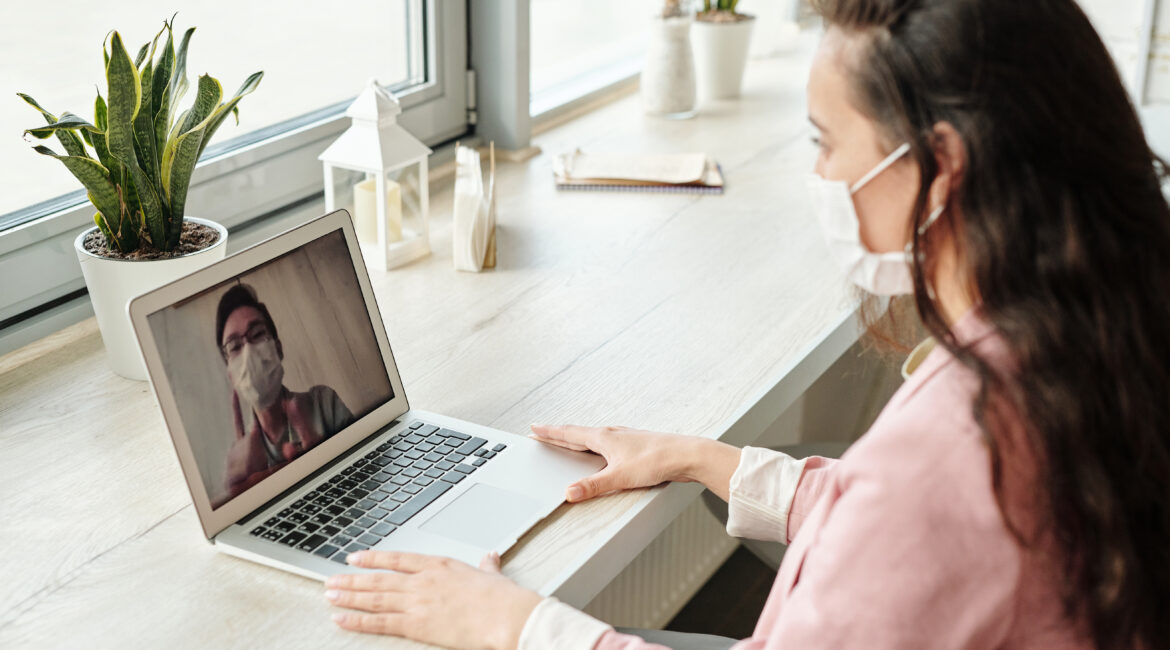The COVID-19 pandemic made many offices nonessential and subject to temporary closure. This left most people working from home.
As cities, counties, and states roll out their phased plans for reopening, those people working from home may soon want to return to their offices. However, as the numbers ebb and flow on coronavirus case, a public health crisis continues leaving many office openings in a lurch.
As workers express a need to feel safe in offices, opening to full capacity could be a challenge. This is where coworking can help. But, since coworking spaces are technically offices, too, where does that leave them?
Coworking spaces feel the challenges associated with COVID-19. With so many uncertainties around coronavirus, and the debate regarding whether to reopen fully or to provide limited access with respect to social distancing guidelines. Figuring out how to reorganize workspaces that are perceived as hygienic and safe is difficult.
COVID-19 shined a spotlight on personal hygiene, which for coworking space managers, will put some pressure on to shift from shared spaces such as common rooms, long conference-style tables, and hot desks—where people randomly at an available workstation each visit—to putting up barriers between spaces and offering more private office options.
The future of coworking post-pandemic rises and falls on the space’s commitment to a plan of action that puts the tenant’s minds at ease. Here are a few ways coworking spaces can thrive in the future post-COVID-19:
Socially Distant Workspace
All shared spaces should be spaced apart to provide at minimum six feet of buffered space on all sides. For lounge areas, seating should be individual with proper spacing between chairs. While not trendy and aesthetically chic, your coworkers will feel safer knowing there is distance between their workspace and that of their colleagues. As mentioned before, shields or dividers will have to be used for larger shared spaces to prevent the passage of germs and give the resemblance of privacy.
Sanitation as a Priority
Coworking spaces, unlike office building which have contracted cleaning services to maintain them, will have to work on a level akin to the health care standard. This could mean switching to antibacterial materials such as copper, UV lighting to disinfect offices and meeting rooms in between uses, and antimicrobial office supplies. Bathrooms will need to be properly maintained and kitchens will need to be checked often. Reusable wares, like mugs, should be removed in favor of disposable cups, plates, and utensils.
Clear Guidance by Way of Signage
Displaying signs in common areas that reinforce your commitment to the principles can serve as a reminder for the coworking space staff and coworkers alike. Signs that remind people to wash hands, use sanitizer before and after touching shared equipment, to wipe down their spaces after use, and to wear masks as necessary when interacting and to properly distance when not will go a long way.
Conclusion
Reducing the risk of exposure to COVID-19 will require careful planning. Everyone who chooses to use your coworking space will play a key role in making sure your offices are as safe. While it may seem like overkill to jump through so many hoops, showing the people who invest in your space how much you care about their health, safety, and wellbeing now will go a long way to keeping your workspace alive and viable for years to come.

